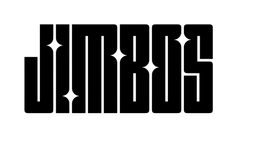How to Tell If Your Wash Method Is Safe for Paint
Your car might look clean after a wash—but is your method silently damaging the paint?
If you’ve got swirl marks, haze, or micro-scratches, your wash routine might be the cause. Let’s break down how to know—and how to switch to a paint-safe method that works.
Signs Your Wash Method Is Damaging Your Paint
Even with the best tools, your technique matters. Here are warning signs your method isn’t safe:
- You see swirl marks or haze under sunlight
- Your wash mitt or towel feels gritty mid-wash
- Foam slides off too fast—little to no dwell time
- Your drying towel is brown after wiping
Why Foam-First is Safer
Foaming a dry car lifts dirt before any contact is made. It’s the best way to reduce swirl marks because it:
- Breaks down grime chemically—before you touch the paint
- Prevents dragging debris during your contact wash
- Improves soap effectiveness by skipping the pre-rinse
Try This Safe Wash Routine
- Start with dry paint—don’t rinse.
- Foam the car using The Super Soaper or grab it on Amazon.
- Let it dwell for 5–7 minutes.
- Rinse thoroughly.
- Foam again and use a soft towel like the Orange Wash Microfiber for contact washing.
Seal and Protect the Finish
Dry with the Massive Drying Towel and follow up with Tough As Shell Ceramic Spray or find it on Amazon.
This will reduce dirt build-up between washes and make future contact even gentler.
Watch How to Wash Without Harming Your Paint
FAQs
What’s the safest way to wash a car without scratching it?
Use a foam-first method on dry paint, rinse thoroughly, and wash with a high-pile microfiber towel using straight-line motion.
Is pre-rinsing bad for the paint?
Not bad—but it’s not enough. Pre-rinsing can reduce soap performance and allow more debris to stay behind before contact.
How do I know if my wash mitt is damaging paint?
If you see swirls or hazy spots after washing, your mitt may be trapping debris or your technique needs refining.



